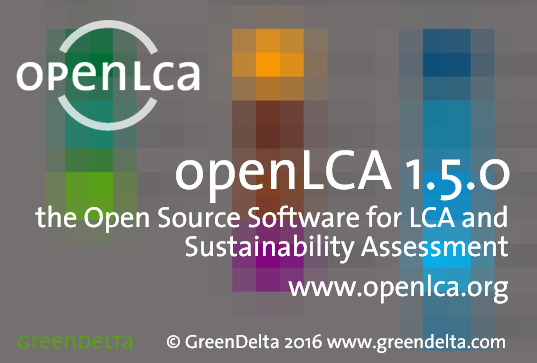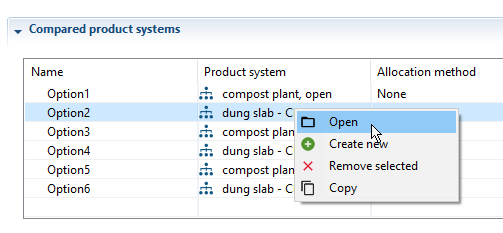

The actual value comes in linking BIM quantities directly to the LCA model, so that updates to the BIM model can automatically know how to rerun the LCA calculation.

It offers little to no tangible benefit other than a technical demo that a connection is possible. For now, we simply allow them to insert a quantity and press the "calculate" button for an already setup LCA model. They have a Python client to this, so any function available by the app can be run remotely via code. When you launch the OpenLCA desktop application, you have an option to enable an "IPC Server", basically makes your currently active app listen to commands on a port. The connection is very superficial at the moment.


Before using a database, its documentation should be reviewed for transparency, completeness, and applicability to the GHG inventory for which the data is being collected. Some of the data in these sources may not be consistent with certain GHG Protocol standards. The list is not exhaustive and the inclusion of a database in this list does not constitute an endorsement by the GHG Protocol. This list of available third party databases assists users in collecting data for product life cycle and corporate value chain (scope 3) GHG inventories.Ī summary of each source - including data formats, accessibility, content, and transparency information - is available by clicking on the database link.


 0 kommentar(er)
0 kommentar(er)
